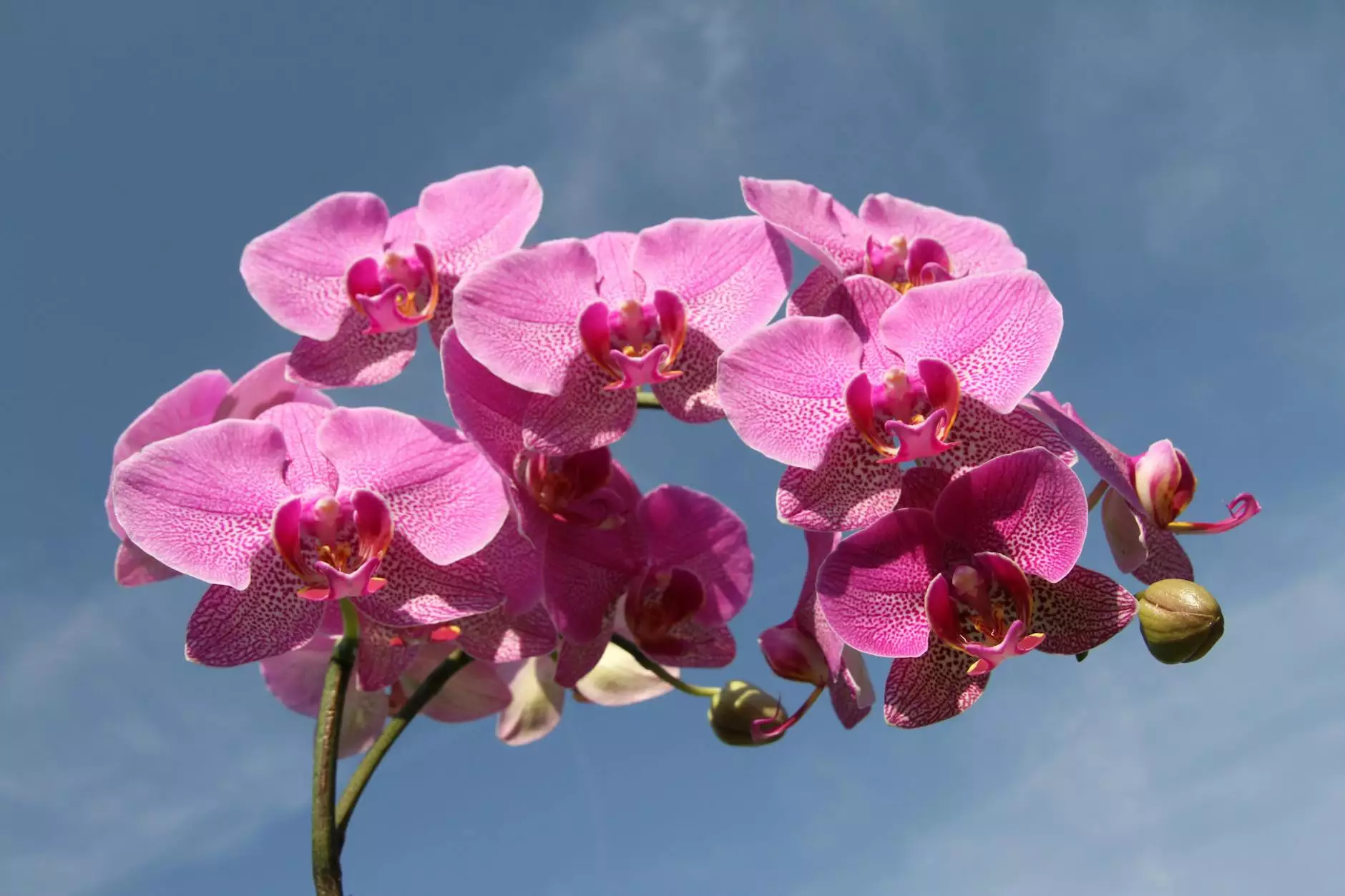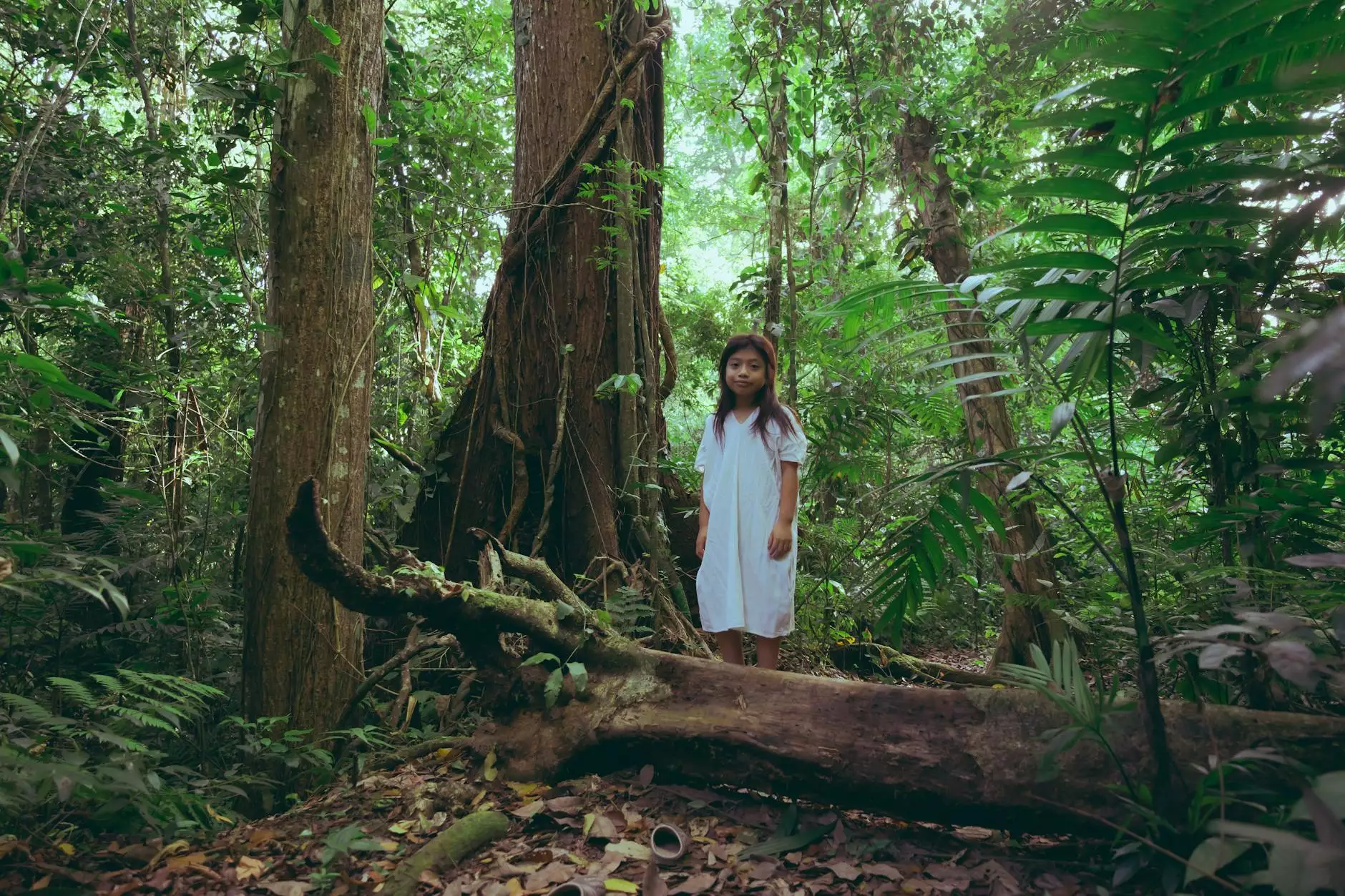Bauhinia variegata (purpurea) Purple Orchid Tree

Introduction
Welcome to La Historia Society's page dedicated to the stunning Bauhinia variegata (purpurea) Purple Orchid Tree. This page aims to provide you with a wealth of information about this unique and captivating flowering tree. Whether you are a gardening enthusiast, nature lover, or simply curious about this species, we've got you covered. Join us on a journey to explore the characteristics, cultivation tips, and symbolism of this beautiful tree.
About the Bauhinia Variegata (Purpurea)
Bauhinia variegata, commonly known as the Purple Orchid Tree, is a deciduous tree native to India and Southeast Asia. It belongs to the Fabaceae family and is well-loved for its exquisite purple flowers and unique leaf shape. The tree typically reaches a height of 20-30 feet and has a spreading crown, casting a dappled shade below.
Characteristics
The Purple Orchid Tree is renowned for its vibrant flowers, which bloom in clusters during late winter and early spring. Each individual flower is five-petaled and resembles an orchid, hence the common name. The deep purple hue of the flowers adds a touch of elegance to any landscape.
Aside from its beautiful flowers, the Bauhinia variegata (purpurea) features distinctively shaped leaves. The leaves are bilobed, resembling a butterfly or a heart, with deep clefts that almost reach the leaf base. This unique leaf structure is a notable characteristic that sets this species apart from other trees.
Cultivation
The Purple Orchid Tree thrives in tropical and subtropical regions, where it enjoys full sun exposure. It can tolerate a variety of soil types, including clay and sandy soil, as long as the drainage is good. When planting, ensure there is enough space for the tree to spread and grow comfortably.
Regular watering is essential, especially during the tree's initial growth phase. Once established, the Purple Orchid Tree is relatively drought-tolerant, but it benefits from occasional deep watering during extended dry periods. Applying a layer of organic mulch around the base of the tree helps conserve moisture and suppress weed growth.
Pruning is recommended to maintain the tree's shape and remove any dead or diseased branches. It is best to prune the tree during the dormant season in early spring to encourage healthy growth and abundant flowering in the following season.
Symbolism and Cultural Significance
In many cultures, the Purple Orchid Tree symbolizes beauty, grace, and charm. The elegance of its flowers has captured the hearts of poets, artists, and gardeners throughout history. The tree's symbolic significance can vary across different regions, but it is often associated with femininity, mysticism, and love.
Furthermore, the Bauhinia variegata (purpurea) holds cultural importance in several countries. It serves as a national flower in Hong Kong and represents the beauty and resilience of the city. In India, it is known as Kachnar and has medicinal uses in traditional Ayurvedic practices.
Conclusion
In conclusion, the Bauhinia variegata (purpurea) Purple Orchid Tree is a captivating specimen that adds beauty and charm to any landscape. With its vibrant purple flowers, unique leaf structure, and cultural symbolism, it is a tree worth admiring and cultivating. If you are looking to enhance your garden or simply appreciate the wonders of nature, consider adding this remarkable tree to your collection.









